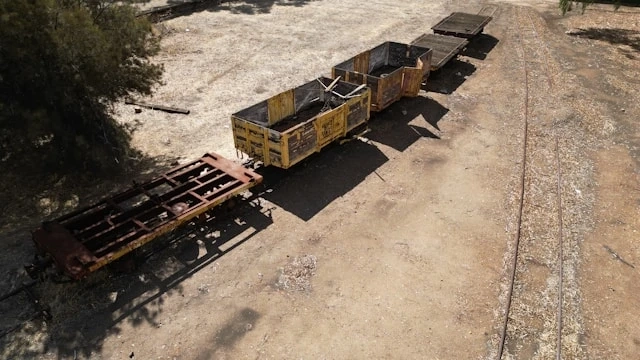A toolbox that receives proper maintenance will serve its users for many decades while performing its tasks without any complaints. The toolbox functions as a vital project partner that people store in their garage or transport between sites, or keep inside their work vehicles. A dependable partner requires proper maintenance to operate optimally. Toolbox maintenance requires neither complexity nor extensive time commitment. A toolbox will stay in excellent condition for multiple years through basic maintenance practices that protect tools from damage and ensure proper organization.
1. Keep It Clean: The First Rule of Longevity
Dirt, along with grease and dust, will gradually find its way into every nook and cranny of a toolbox. The aftermath of yard work, pipe repairs, and woodworking projects always leaves a mess behind. The buildup of grime inside the toolbox may seem harmless initially, but it will eventually damage tools, cause rust formation, and wear down the interior. Regular cleaning of tools before return and periodic interior maintenance will significantly extend the toolbox's lifespan.
Regular maintenance of toolboxes requires a weekly wipe with a damp cloth, while deeper monthly cleaning helps prevent buildup. A vacuum or soft brush should be used to clean small debris from drawers and compartments. This method maintains toolbox organization while protecting delicate tools such as measuring tapes and levels. The foundation of long-term care depends on maintaining cleanliness and hygiene.
2. Organize Tools by Type and Usage
It’s tempting to throw tools into the box after finishing a long job. But in the long run, disorganization leads to unnecessary wear and tear. Tools with sharp edges can scratch or damage other tools, and rummaging through a chaotic box can be frustrating when trying to find that one elusive wrench.
Keeping tools grouped by type—like screwdrivers, pliers, or sockets—or by frequency of use can help make the toolbox more efficient. Using foam inserts or adjustable dividers helps tools stay in place, reducing movement during transport and lowering the chances of accidental damage. When every tool has a home, wear is reduced, and finding what’s needed becomes effortless.
3. Watch Out for Moisture
If there’s one silent enemy to tools and toolboxes alike, it’s moisture. Humidity, rain, or even condensation can infiltrate and cause rust, corrosion, or mold, particularly in metal toolboxes or those stored in uncontrolled environments. Moisture doesn’t just ruin the finish on tools; it weakens their structural integrity over time.
Keeping silica gel packets or moisture-absorbing products inside the box can help reduce humidity. If water ever finds its way in, whether from weather exposure or spilled liquids, drying everything out as soon as possible is essential. Wiping down the interior and the tools before closing the lid prevents moisture from becoming trapped inside. Prevention is far easier than restoration here.
4. Check Hinges, Latches, and Drawers
A toolbox is only as good as its hardware. The hinges, latches, and drawers that hold everything together endure considerable wear and tear over time. They’re opened and closed hundreds of times. Regularly checking the moving parts ensures the box functions smoothly and safely.
Hinges should be lubricated periodically to prevent squeaking or stiffness. Loose screws on handles or latches should be tightened before they cause parts to fall off or break. Drawers that slide roughly may benefit from a light application of oil or a clean track. These small maintenance steps might seem minor, but they extend the life of the toolbox and prevent those frustrating moments when a stuck drawer holds up a job.
5. Choose the Right Environment for Storage
Where a toolbox is stored plays a significant role in how long it lasts. Leaving it outside, exposed to the elements, is an invitation to rust, rot, and premature aging. Even keeping it in a damp basement or unprotected area of a garage can reduce its lifespan. Ideal storage conditions are cool, dry, and sheltered from direct sunlight.
For those who use a truck bed toolbox, regular checks are essential to ensure it remains sealed and weather-resistant. Dust, water, and vibration from driving can affect both the box and its contents. Applying protective coatings and checking the seal integrity keeps things in better shape. Even on the road, a little attention can go a long way in preserving the usefulness of the box.
Conclusion
Toolboxes are built to last, but they can’t take care of themselves. Small routines, such as cleaning, organizing, and inspecting, are all it takes to maintain their function and form over time. These habits not only preserve the condition of the toolbox itself but also protect the valuable tools inside. In turn, this saves time, money, and frustration in the long run.


